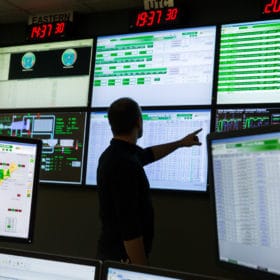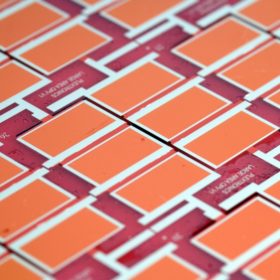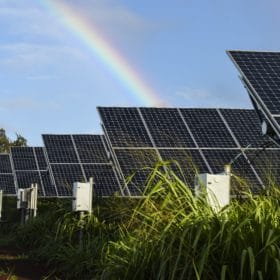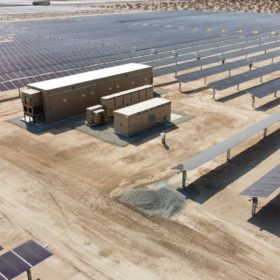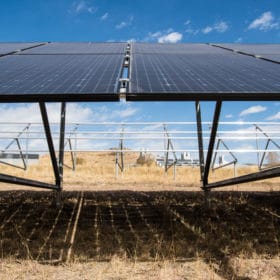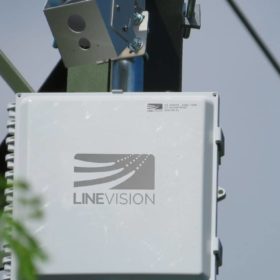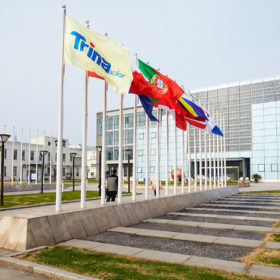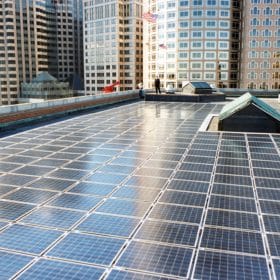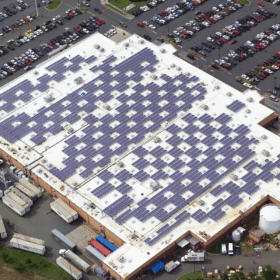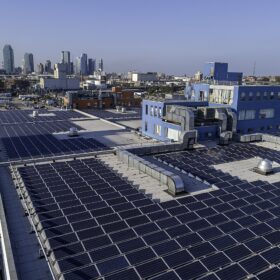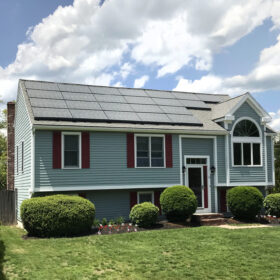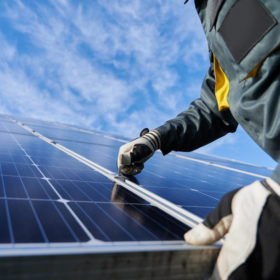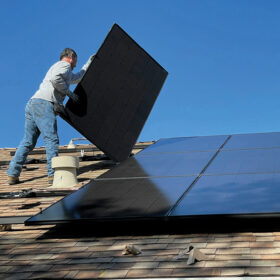Sunrise brief: Intel signs on to 138 MW Avangrid solar project
Also on the rise: ARPA-E offers $100 million in R&D funding, California hunts for generation resources for this summer, and CIT Group helps arrange financing for a handful of BESS capacity.
Sunrise brief: Novel approach boosts organic solar cell efficiency
Also on the rise: Enevate and Highview Power fuel growth plans with additional investors, and a new venture targets Li-ion battery recycling for fleet vehicles.
Sunrise brief: Norfolk Naval Shipyard adds battery storage and CHP
Also on the rise: Researchers find big errors in how U.S. cities report GHG emissions, and scientists peer inside cycling Li-ion batteries to learn how the technology can be improved.
Report assesses solar impact on ISOs and reliability
The Berkeley Lab report covers the seven organized U.S. wholesale power markets and is based on historical hourly solar generation profiles for every plant larger than 1 MW.
Sunrise brief: Net zero carbon for less than the cost of a cup of Joe? Here’s how
Also on the rise: EDF Renewables brings two solar projects online, one with storage; and solar investor Magic Johnson teams up with Allstate.
Boosting bifacial panel efficiency with albedo ground covers: Field test results
Tests by 7X Energy show that ground cover material showed promise, but projects will likely still need to prove the long-term durability, degradation rates, and validation of installation labor and O&M.
Three energy startups to watch in 2021
From panel coatings to power line monitoring and a meter collar that could save homeowners up to $2,000 on a solar installation, Daniel Goldman of Clean Energy Ventures highlights companies that he thinks will break through in 2021.
The Dominican Republic’s largest solar installation will use Trina modules
Trina has shared that it will be supplying 268,200 430/450 W double-glass TSM-DEG17M modules to the 120 MW Sunflower Solar Park, set to be constructed in the country’s San Cristobal province.
Storage, wind, superpower: Part 3
In an interview with pv magazine publisher Eckhart Gouras, Tony Seba and Adam Dorr discuss their concept of “SuperPower” and argue that the resulting near-zero-cost energy could be used by states or regions to offer a competitive advantage to employers.
Solar, wind, storage superpower: Part 2
In the second of a three-part interview with pv magazine publisher Eckhart Gouras, Tony Seba and Adam Dorr discuss their concept of “SuperPower” and argue that by investing in even more solar PV and wind power, electrons will become so cheap that a Walmart would give them away to draw shoppers.
